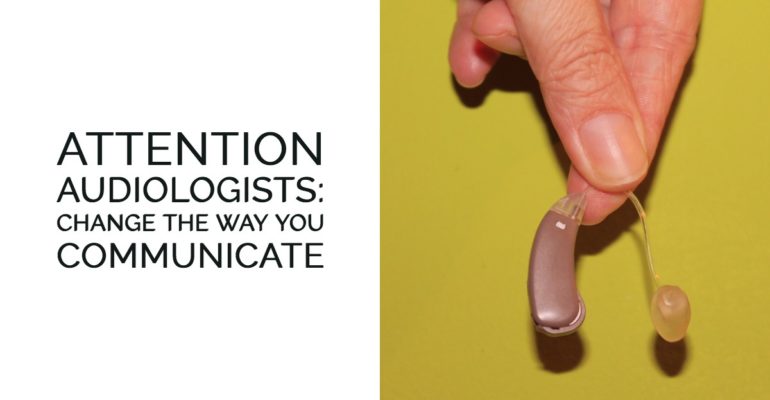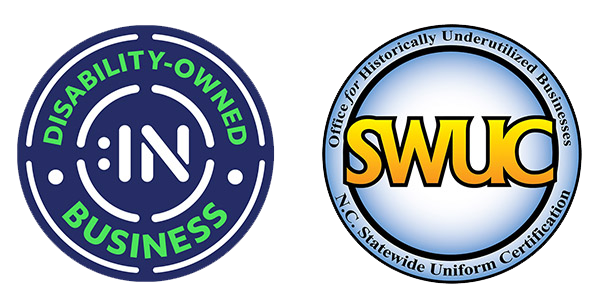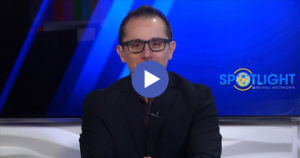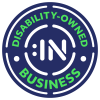Attention Audiologists: Change the Way You Communicate
January 8, 2020 2021-04-30 13:01Attention Audiologists: Change the Way You Communicate

Attention Audiologists: Change the Way You Communicate
Kristen Kramer Au.D., Alexandra Tarvin, Au.D., and Anne McIntosh, Ph.D.
Audiologists do so much more than test hearing and dispense hearing aids. Many times, audiologists are the first line of medical care for people with hearing and balance dysfunction and are positioned well to educate, advocate, and refer to other healthcare professionals. Audiologists also assess individual patient needs and make recommendations for assistive technology.
Audiologists can open the world back up for people who have slowly been cut off from the world, due to their hearing loss. Being bearers of good news, audiologists can teach patients about captioned telephones (CapTel, CaptionCall) or captioning phone conversations (InnoCaptions), TV captioning, Bluetooth technology, cochlear implants, hearing-ear service dogs, and phone apps that assist in-person situations, such as Ava app. The number of apps that can assist with communication continues to grow.
Adding to the many options that can improve the lives of people with hearing loss is The Communication mask – an FDA surgical grade protection mask with a clear window for use during face-to-face interactions. Too often, the medical and dental communities may use a conventional mask when working with a patient who could really benefit from a mask that allows lip-reading or uses and facial expressions. With conventional masks, critical conversations either do not happen or there is a risk of either partial or distorted understanding of what is said. People who use visual cues while communicating the need to see more of the face to help interpret meaning during interactions. Thirty percent of speech can be seen on the lips. People with hearing loss can easily misinterpret what is being said if they are not using visual cues… For example, did the other person say, Fat or That or Mat or Hat or Chat? Sometimes people with hearing loss can accurately guess the word from how the word is being used in context. Sometimes, however, the context does not provide enough clarity. Ninety-five percent of the energy of words is in the VOWELS while only five percent of the energy is in the CONSONANTS… yet, 95 percent of the meaning lies in the CONSONANTS while only 5 percent of the meaning lies in the VOWELS. This explanation illustrates why people with hearing loss will guess inaccurately with a word that is very similar in sound/rhyming with the vowel usually.
Being able to see the lips helps clarify what is being said and what the speaker meant. In addition, a smile during a hospital procedure can go a long way to communicate safety. If you are an audiologist working in the OR, educate the medical and interpreting/translating teams about The Communicator mask, especially ENTs or surgeons specializing in cochlear implants. When the patient understands instructions and feels comfortable, your job becomes easier as the patient engages in compliance-gaining behaviors.
References
Knowland, V. C., Evans, S., Snell, C., & Rosen, S. (2016, February 1). Visual Speech Perception in Children With Language Learning Impairments. Retrieved August 1, 2019, from https://pubs.asha.org/doi/10.1044/2015_JSLHR-S-14-0269
Lieu, C. C., B.A., Sadler, G. R., PhD, MBA, BSN, Fullerton, J. T., PhD, CNM, FANCM, & Stohlmann, P. D., MSN, RN, OCN. (2008, April 15). Communication Strategies for Nurses Interacting With Patients Who Are Deaf. Retrieved August 1, 2019, from https://www.medscape.com/viewarticle/569802_6
Purchase Online
Featured Deaf Leader
Recent Articles













